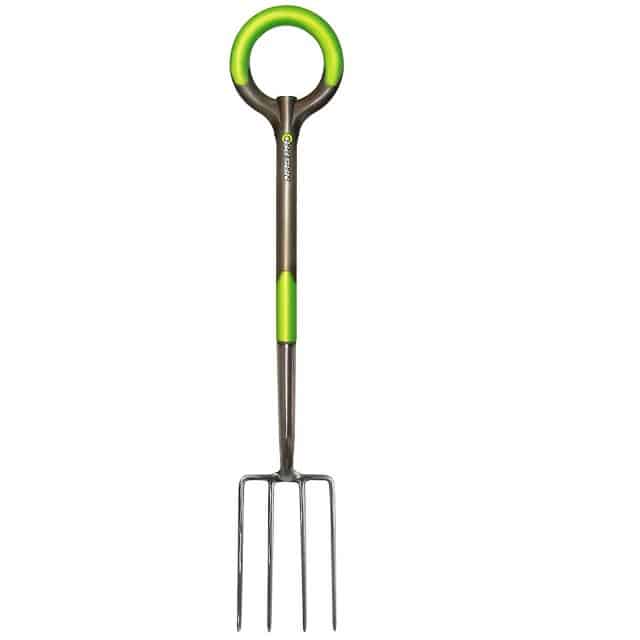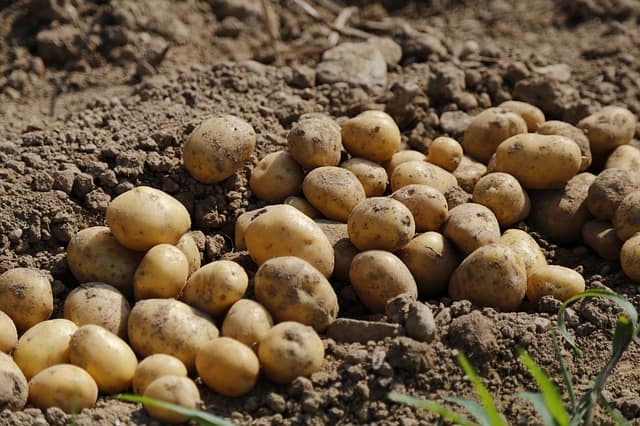This guide aims to provide you with detailed insights into harvesting new potatoes, ensuring you can enjoy these tender, young tubers at the peak of their flavor .
What Are New Potatoes?
New potatoes are young, small, and tender tubers harvested before they fully mature. Unlike fully matured potatoes, they have a delicate skin and a sweet, buttery flavor that makes them ideal for salads, steaming, and roasting. Their popularity has grown due to their unique taste and relatively easy cultivation.
Recognizing the Right Time to Harvest
Timing is crucial when it comes to harvesting new potatoes. Typically, new potatoes are harvested about 2 to 3 weeks after the plants have finished flowering. Here are some signs to look out for:
Flowering: Once your potato plants start to flower, they are nearing readiness. This is usually a good indicator that it may be time to start checking for new potatoes.
Size: Gently move the soil aside at the base of the plant after flowering. The potatoes should be small, about the size of a golf ball or smaller, which is ideal for new potatoes.
Skin: The skin of new potatoes is thin and may have a somewhat translucent appearance compared to mature potatoes. If the skin is starting to toughen up, it’s a sign that they are maturing.
Tools You’ll Need for Harvesting

Having the right tools on hand can make the harvesting process smoother and more efficient. Consider gathering these supplies:
Hand Trowel or Garden Fork: A hand trowel is easy for digging and checking on your potatoes, while a garden fork can be helpful for larger patches.
Bucket or Basket: Use a bucket or basket to collect and store your harvested potatoes gently. This will help avoid bruising.
Garden Gloves: Protect your hands from soil and any sharp tools as you harvest.
The Harvesting Process
Here’s a step-by-step approach to harvesting your new potatoes:
Water the Plants: A day or two before you plan to harvest, give the plants a good watering. This helps soften the soil, making it easier to pull the potatoes from the ground.
Loosen the Soil: Using your hand trowel or garden fork, gently loosen the soil around the base of the potato plants. Start about 6 inches away from the stems to avoid damaging the tubers.
Check for Potatoes: Use your hands to carefully sift through the loosened soil. Look for small potatoes nestled near the surface. Be gentle to avoid puncturing the skin.
Pulling the Plants: If you wish to remove the entire plant, grab the stems and pull them from the ground. This can also free any potatoes still attached to the roots.
Place in Your Container: Gather the harvested potatoes and place them in your bucket or basket. Take care not to pile them too high as this can cause bruising.
After Harvest Care
Once you have harvested your new potatoes, proper care is important for maintaining their freshness:
Cleaning: Rinse any dirt off the potatoes gently with water. A soft brush can help with stubborn soil.
Curing: If you’ve harvested larger quantities, consider curing your potatoes. Place them in a dark, cool, and dry place for a couple of weeks. This process helps to toughen the skins and extend shelf life.
Storage: Store the cured potatoes in a cool, dark place, ideally in a breathable bag like burlap. Avoid plastic bags, as they can trap moisture and lead to rotting.
Enjoying Your New Potatoes
Now that you’ve successfully harvested your new potatoes, it’s time to enjoy them! Their unique flavor lends itself beautifully to a variety of dishes. Consider making a fresh potato salad, roasting them with herbs, or simply boiling them with butter and herbs for a delightful side dish.
New potatoes are not only delicious but also offer a satisfying gardening experience. By understanding the signs of readiness and proper harvesting techniques, you can look forward to a successful yield. Happy gardening and bon appétit!





